HMCS Okanagan Submarine Model
Production Time 10 to 12 weeks
Shipment is by FedEx, UPS or DHL International Express Courier with a normal door-to-door delivery time worldwide of within 2-3 business days after dispatch. Due to the current volatility of world fuel prices, the amount mentioned here is our best estimate for DHL and UPS and may be subject to change at the time of shipping.

Product statistics
Length: 17 Inches (43.2 Centimeters)$219.50
Production Time 10 to 12 weeks
-
United States dollar ($)
-
Pound sterling (£)
-
Euro (€)
-
Australian dollar ($)
-
Canadian dollar ($)
-
Singapore dollar ($)
-
Swiss franc (CHF)
-
Japanese yen (¥)
-
Danish krone (kr.)
-
Hong Kong dollar ($)
-
Norwegian krone (kr)
-
Swedish krona (kr)
-
Philippine peso (₱)
General Product Description
Our ReplicaHangar HMCS Okanagan Submarine Model exhibits unique, unrivaled quality and detailed design to come as close as possible to the accuracy of the actual plane. It comes as standard with a robust, durable base or stand which is available in a variety of different finishes designed to match your own personal requirements including solid wood, wood with polished metal supports or adjustable wood wall mount and will be ready within about 9-10 weeks from placement of order.
The HMCS Okanagan Submarine Model is made of the finest kiln dried renewable mahogany wood (commonly known as Lauan or Meranti) which has undergone many stages of carving and meticulous and careful sanding giving the beautiful, finished museum quality masterpiece. Many collectors and model connoisseurs demonstrate their preference for genuine handmade and hand painted mahogany wood models rather than plastic or die cast (diecast) alternatives due to the overall look and totally different feel of the item - we trust you will find the same. We can however, if required produce the same model in Solid Cast Resin so just click and contact us for further information. Our craftsmen and gifted artisans ensure that our finely handcrafted model airplanes match the precise blueprint details of the original aircraft. The paint scheme, markings and parts are closely matched, reflecting the original aircraft. This stylish top-quality desktop replica model will surely enthrall anyone who receives this as a gift and for sure one of the most appropriate and desirably collectable gifts for any aviation enthusiast or avid military jet aircraft collector whilst also displaying a perfect resemblance to the actual real life version.
There are many types of military jet aircraft, but the basic types are bombers, fighters, fighter bombers, spotter planes, transporters, patrol aircraft, trainers, and reconnaissance and observation aircraft. All these types of aircraft are used for different types of missions. If you're a fan of historic or present-day military aviation, our model aircraft will bring the excitement and character of these aircraft right into your own home.
If you require, we can also make the HMCS Okanagan Submarine Model in any other military, government or even private livery or colour scheme you require and if necessary, in a different size or scale. Just click here to contact us with a description or photographs of what you require, and we will let you have a quotation for the necessary customization by return email. We can also make bespoke scale replicas of any other private / civil commercial airliner or airliners, helicopter, glider, gliders with engines, military propeller, warplane jets, biplane, triplane, tail fin, spacecraft, rocket or NASA model you require in any airline, military or civilian livery or colors. We also produce model airships, blimps, dirigibles, blimps, boats, and ship collectibles. Wall plaque or seal for military, government or private customers. Again, by clicking here to contact us just let us know exactly what you need.
HMCS Okanagan: A Submerged Sentinel of the Royal Canadian Navy
Introduction
The HMCS Okanagan, a long-serving submarine of the Royal Canadian Navy, holds a special place in the annals of maritime history. Commissioned in the late 1960s, it was part of Canada’s first foray into a submarine fleet during the Cold War era. This article aims to provide a comprehensive look into the history, features, and legacy of this remarkable vessel.
Historical Context
The Cold War Landscape
The HMCS Okanagan was launched at a time when the world’s major powers were engrossed in a relentless arms race. Submarines were considered crucial assets in a complex strategic game that involved surveillance, deterrence, and potential underwater warfare.
Commissioning and Service
The Okanagan was commissioned on June 22, 1968, as a part of the Oberon-class submarines, which were collaborations between the United Kingdom and Canada. It was named after Okanagan Lake, keeping in line with the tradition of naming Canadian submarines after native bodies of water. The vessel served the Royal Canadian Navy until its decommissioning in 1998.
Design and Features
Stealth and Sensing
One of the most crucial aspects of any submarine is its ability to operate undetected. The HMCS Okanagan was equipped with sonar systems that allowed it to detect enemy submarines and ships while maintaining a low profile.
Armament
The Okanagan was armed with heavyweight torpedoes, which were considered highly effective against both surface ships and enemy submarines. The vessel also had the capability to lay mines.
Durability and Versatility
Oberon-class submarines were known for their durability and reliability, features that were incorporated into the HMCS Okanagan. The vessel was capable of long deployments and could operate under a variety of conditions, including Arctic waters.
Operational History
Surveillance and Reconnaissance
During the Cold War, the Okanagan engaged primarily in surveillance missions, patrolling both the Atlantic and Arctic Oceans to keep tabs on Soviet naval activities.
NATO Exercises
The HMCS Okanagan participated in numerous NATO-led exercises aimed at improving inter-allied cooperation and enhancing anti-submarine warfare capabilities.
Decommissioning and Preservation
After serving for three decades, the vessel was decommissioned in 1998. Although it was initially proposed to be preserved as a museum, this plan was never realized, and the submarine was ultimately scrapped.
Legacy and Significance
Contribution to Naval Strategy
The Okanagan significantly contributed to the naval capabilities of Canada during a period characterized by geopolitical tensions. It helped the nation establish itself as a credible naval force with submarine capabilities.
Technological Learning
The experience gained from operating the Okanagan informed subsequent Canadian naval projects, contributing to technological advancements in submarine design and operation.
Historic Value
As one of the first submarines in the Royal Canadian Navy’s fleet, the HMCS Okanagan has significant historical value. It stands as a symbol of a particular era in naval warfare and a testament to the collaboration between Canada and its allies.
Conclusion
The HMCS Okanagan may no longer sail the depths of the world’s oceans, but its legacy is far from forgotten. It remains an important chapter in the history of the Royal Canadian Navy, symbolizing both the challenges and achievements of naval warfare during the Cold War. Though it has been decommissioned, the lessons learned and the experiences gained from the Okanagan continue to influence modern naval strategy and technology.
| Weight | 8 kg |
|---|---|
| Dimensions | 17 × 00 cm |
Be the first to review “HMCS Okanagan Submarine Model” Cancel reply
Related Products
Military & Naval Craft
USS Millius DDG-69 Missile Destroyer United States Navy Boat Ship Model
Military & Naval Craft
Military & Naval Craft
Military & Naval Craft
Hobart Class Air Warfare Destroyer Australian Navy Ship Boat Model
Military & Naval Craft
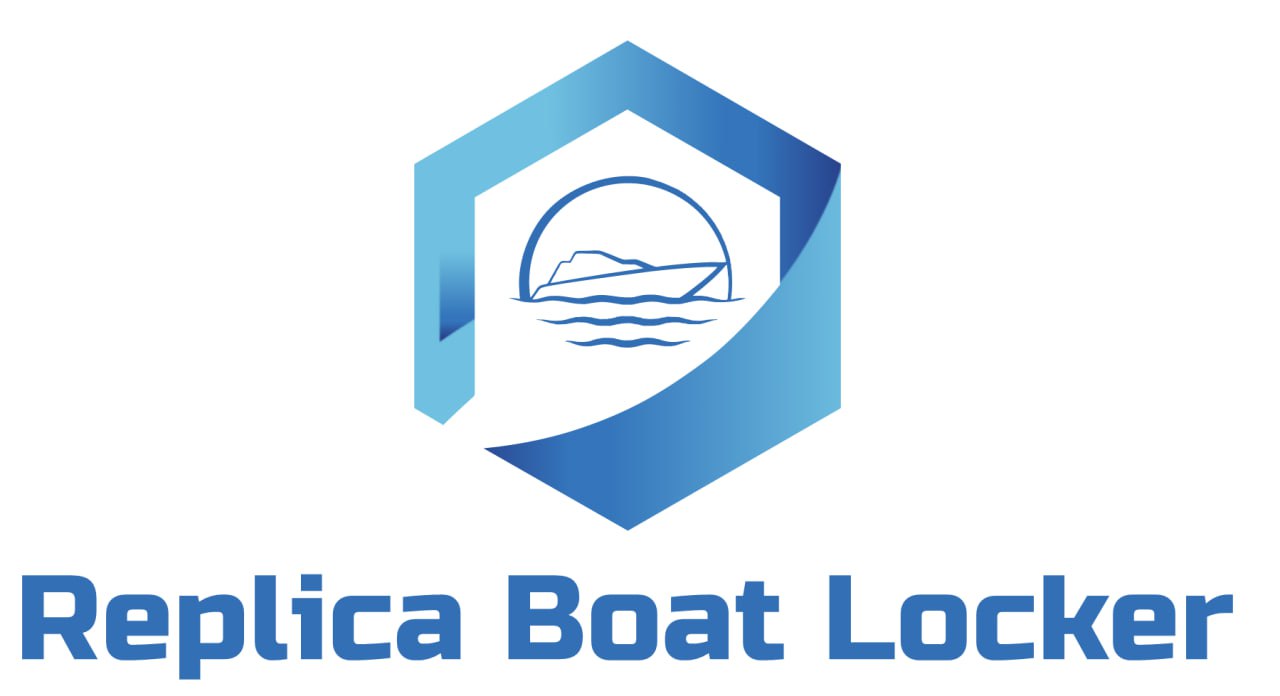
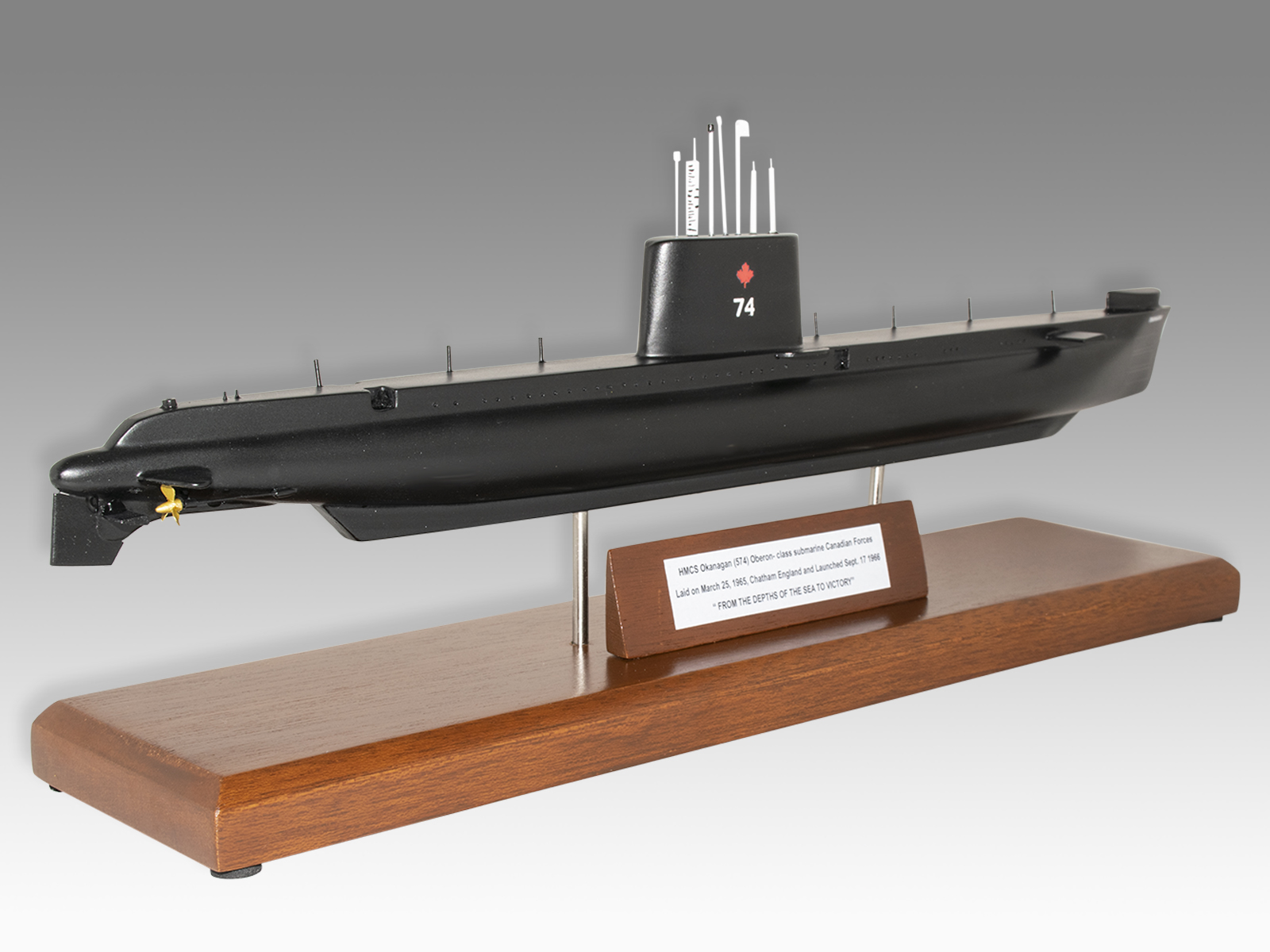

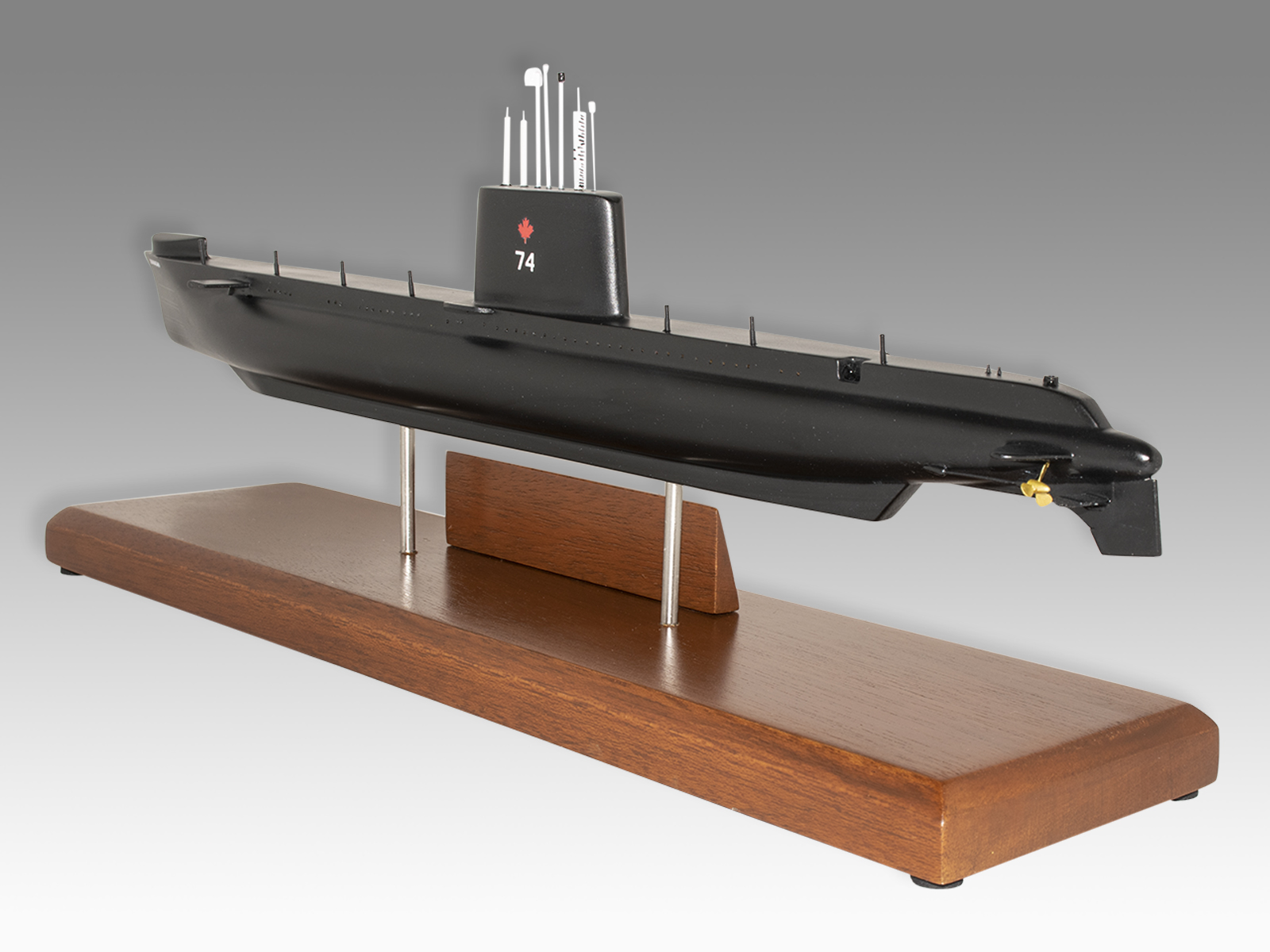

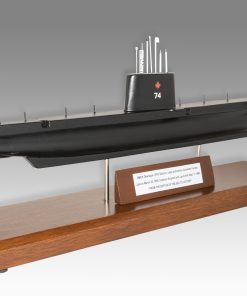

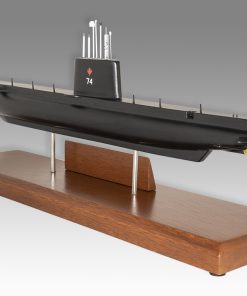
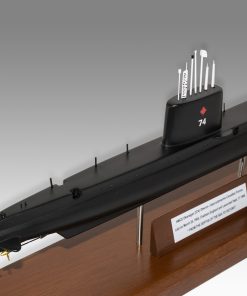

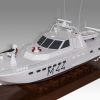

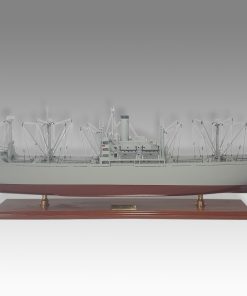


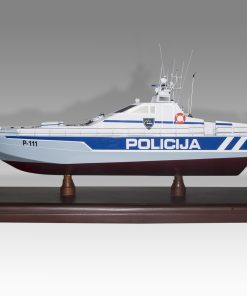
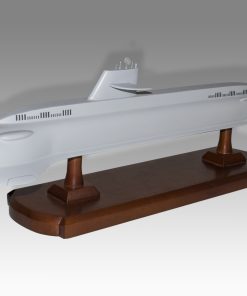

Reviews
There are no reviews yet.